Home>Gardening & Outdoor>Outdoor Recreation & Activities>What To Do With A Trampoline In A Hurricane
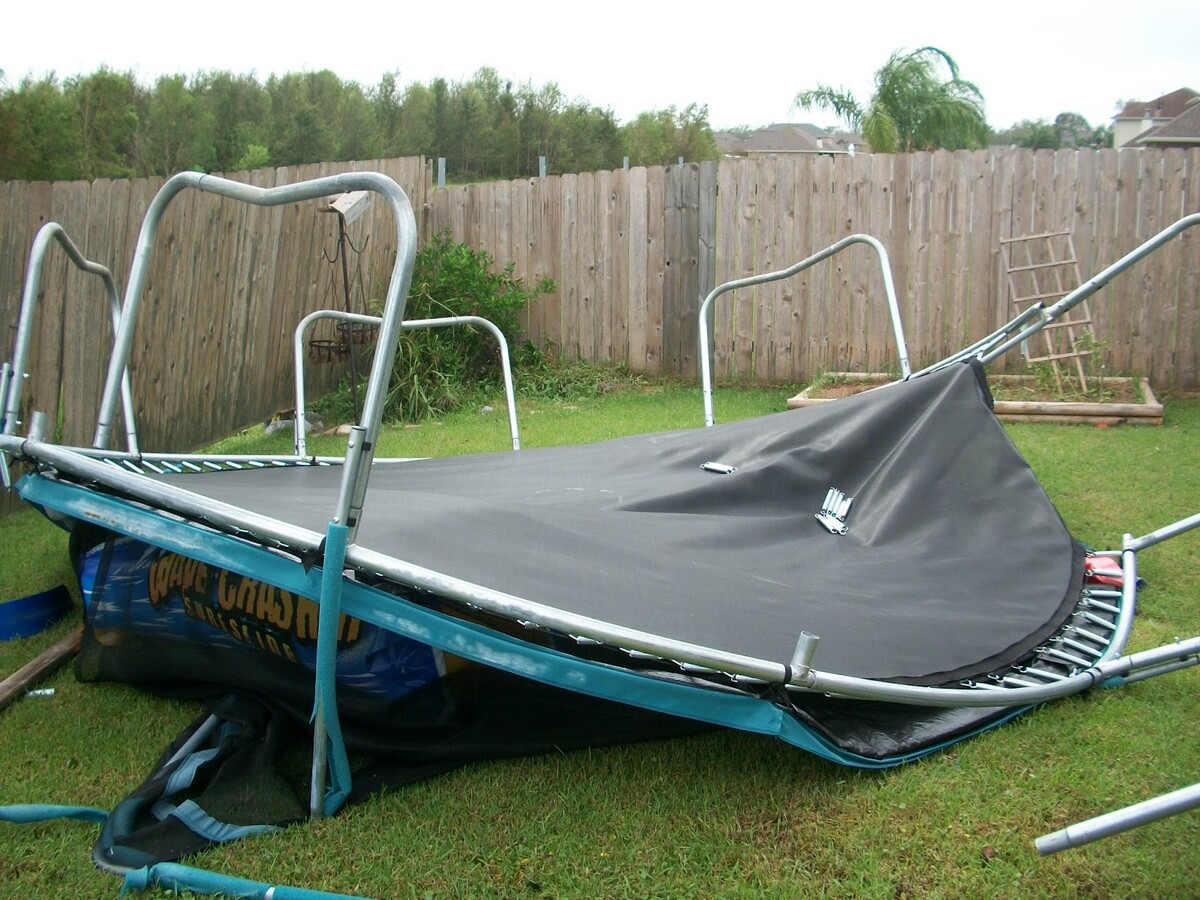

Outdoor Recreation & Activities
What To Do With A Trampoline In A Hurricane
Modified: August 17, 2024
Discover practical tips for securing your trampoline during a hurricane to prevent damage and ensure safety. Learn how to protect your outdoor recreation investments.
(Many of the links in this article redirect to a specific reviewed product. Your purchase of these products through affiliate links helps to generate commission for Storables.com, at no extra cost. Learn more)
Introduction
When the winds start to howl and the rain begins to pour, preparing for a hurricane becomes a top priority for many individuals living in vulnerable areas. Among the various concerns is the question of what to do with a trampoline. These structures, while providing endless hours of fun and entertainment during fair weather, can become hazardous projectiles in the midst of a hurricane. In this article, we will explore the best practices for securing, storing, and disassembling a trampoline to ensure the safety of both the equipment and the surrounding area during a hurricane. Let's delve into the essential steps to take when faced with an impending storm, ensuring that your trampoline remains secure and that you are well-prepared for the potential impact of a hurricane.
Key Takeaways:
- Secure your trampoline by anchoring it, using weighted objects, or lowering it to the ground to prevent it from becoming a hazard during a hurricane.
- Consider storing your trampoline indoors, in a secure outdoor location, or disassembling it to minimize the risk of damage and injury during a hurricane.
Read more: What Is Hurricane Glass
Securing the Trampoline
Before the hurricane arrives, it is crucial to secure the trampoline to prevent it from causing damage or harm. Here are some effective methods to ensure the trampoline remains in place during strong winds:
- Anchoring: One of the most reliable ways to secure a trampoline is by using anchor kits specifically designed for this purpose. These kits typically include heavy-duty straps or stakes that can be driven into the ground to hold the trampoline in place. By attaching the trampoline frame to these anchors, you can significantly reduce the risk of it being lifted and carried by the wind.
- Weighted Objects: If an anchor kit is not available, using weighted objects, such as sandbags or large rocks, can also help keep the trampoline grounded. Place these weights on the base of the trampoline frame or attach them to the legs to provide additional stability.
- Lowering the Trampoline: Lowering the trampoline closer to the ground can minimize its exposure to the wind. If your trampoline has adjustable legs, lowering them can reduce the risk of wind getting underneath the trampoline and causing it to lift off the ground.
It is important to complete these preparations well in advance of the hurricane’s expected arrival to ensure that the trampoline is properly secured. By taking these proactive measures, you can significantly reduce the risk of the trampoline becoming a hazard during the storm.
Storing the Trampoline
In some cases, securing the trampoline on-site may not be a viable option, especially if the impending hurricane is expected to bring extremely high winds. In such situations, storing the trampoline in a safe location can be the best course of action to prevent it from causing damage or being damaged itself. Here are some considerations for storing the trampoline:
- Indoor Storage: If possible, consider disassembling the trampoline and storing it indoors. This could be in a garage, shed, or any other suitable indoor space where it can be protected from the elements. Disassembling the trampoline also reduces the risk of it becoming airborne during the hurricane.
- Secure Outdoor Storage: If indoor storage is not feasible, look for alternative outdoor storage options that can provide better protection than leaving the trampoline fully assembled. This might include securing it in a sturdy outdoor storage unit or using heavy-duty tarpaulins and tie-downs to shield it from the wind and rain.
- Community Storage Facilities: In some communities, there may be designated storage facilities or shelters where large outdoor items, such as trampolines, can be stored during severe weather events. Check with local authorities or community organizations to see if such options are available in your area.
When considering storage options, it’s important to prioritize the safety of both the trampoline and the surrounding area. By taking proactive steps to store the trampoline in a secure location, you can minimize the risk of it causing damage or being damaged by the hurricane’s impact.
Secure your trampoline by anchoring it to the ground with heavy-duty straps or tie-downs. Remove the safety net and padding to prevent wind damage. If possible, disassemble and store the trampoline indoors to avoid potential damage.
Disassembling the Trampoline
Disassembling the trampoline is a proactive approach to minimizing the risk of damage during a hurricane. When done correctly, it can also make the process of securing or storing the trampoline more manageable. Here’s a step-by-step guide to disassembling a trampoline:
- Remove the Safety Enclosure: If your trampoline is equipped with a safety enclosure, start by removing it. This typically involves detaching the netting and the supporting poles from the trampoline frame.
- Detach the Mat: Carefully unhook the springs that secure the mat to the frame. Work your way around the trampoline, ensuring that each spring is disconnected before removing the mat from the frame.
- Disassemble the Frame: Depending on the design of your trampoline, the frame may be collapsible or consist of individual pieces that need to be dismantled. Follow the manufacturer’s instructions to disassemble the frame, ensuring that all components are safely stored for reassembly later.
- Secure Small Parts: As you disassemble the trampoline, be sure to secure small parts, such as bolts, nuts, and screws, in clearly labeled containers. This will make reassembly much easier and help prevent the loss of essential components.
Disassembling a trampoline requires careful attention to detail and, in some cases, may require the assistance of others to ensure safe and efficient dismantling. By following these steps, you can prepare the trampoline for secure storage or transportation to a safer location, reducing the risk of damage to the trampoline and its surroundings during a hurricane.
Conclusion
As hurricane season approaches, taking proactive measures to prepare your trampoline for potential storms is essential for the safety of your property and the surrounding area. Whether securing the trampoline on-site, storing it in a safe location, or disassembling it for temporary storage, each approach plays a crucial role in minimizing the risk of damage and injury during a hurricane.
By securing the trampoline with anchor kits, weighted objects, or by lowering it closer to the ground, you can reduce the likelihood of it becoming a hazard in high winds. Storing the trampoline indoors or in a secure outdoor location provides additional protection, while disassembling the trampoline allows for safe storage and easier reassembly once the storm has passed.
Remember, the safety of your trampoline and the safety of those around you should always be top priorities when preparing for a hurricane. By following the recommended steps and considering the options for securing, storing, or disassembling your trampoline, you can navigate hurricane season with greater peace of mind, knowing that you have taken the necessary precautions to protect your trampoline and your community.
Stay informed, stay prepared, and stay safe.
Frequently Asked Questions about What To Do With A Trampoline In A Hurricane
Was this page helpful?
At Storables.com, we guarantee accurate and reliable information. Our content, validated by Expert Board Contributors, is crafted following stringent Editorial Policies. We're committed to providing you with well-researched, expert-backed insights for all your informational needs.
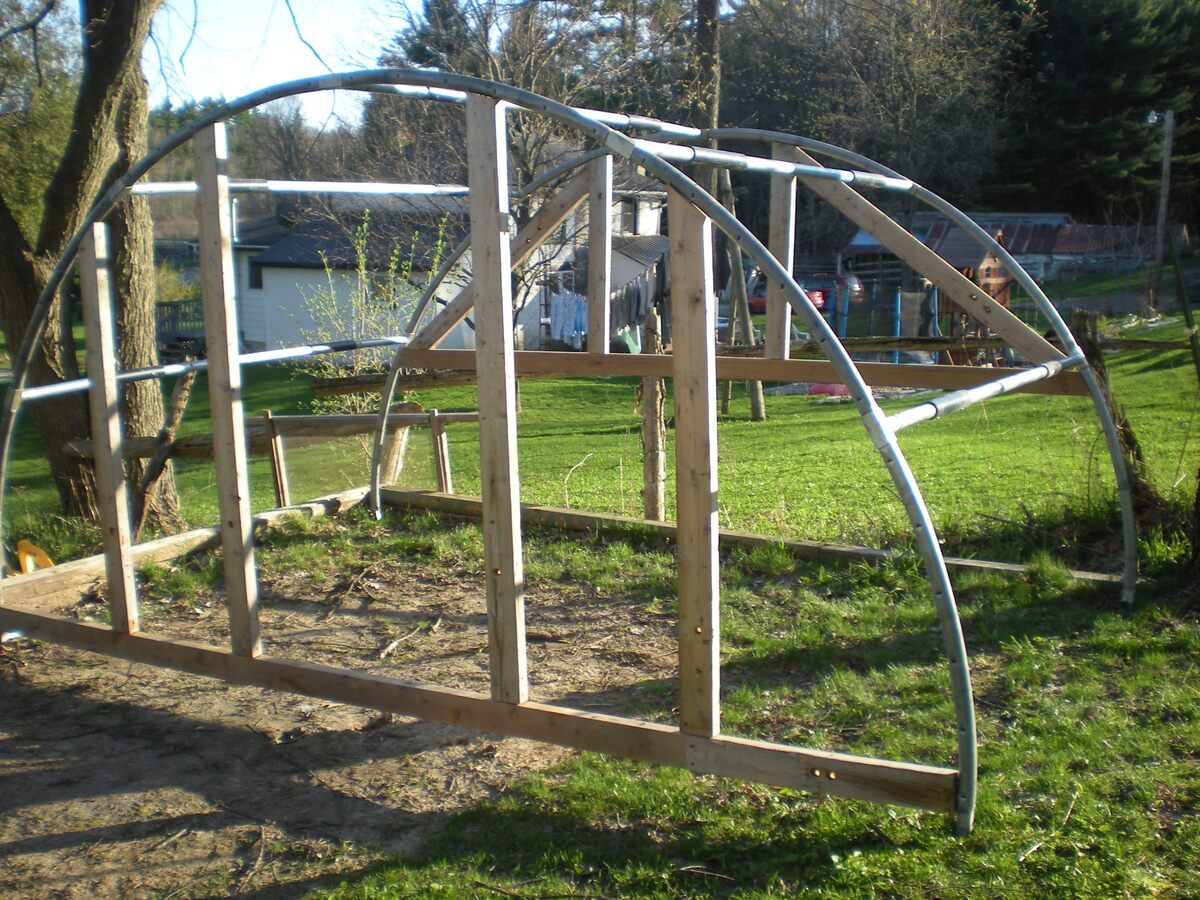
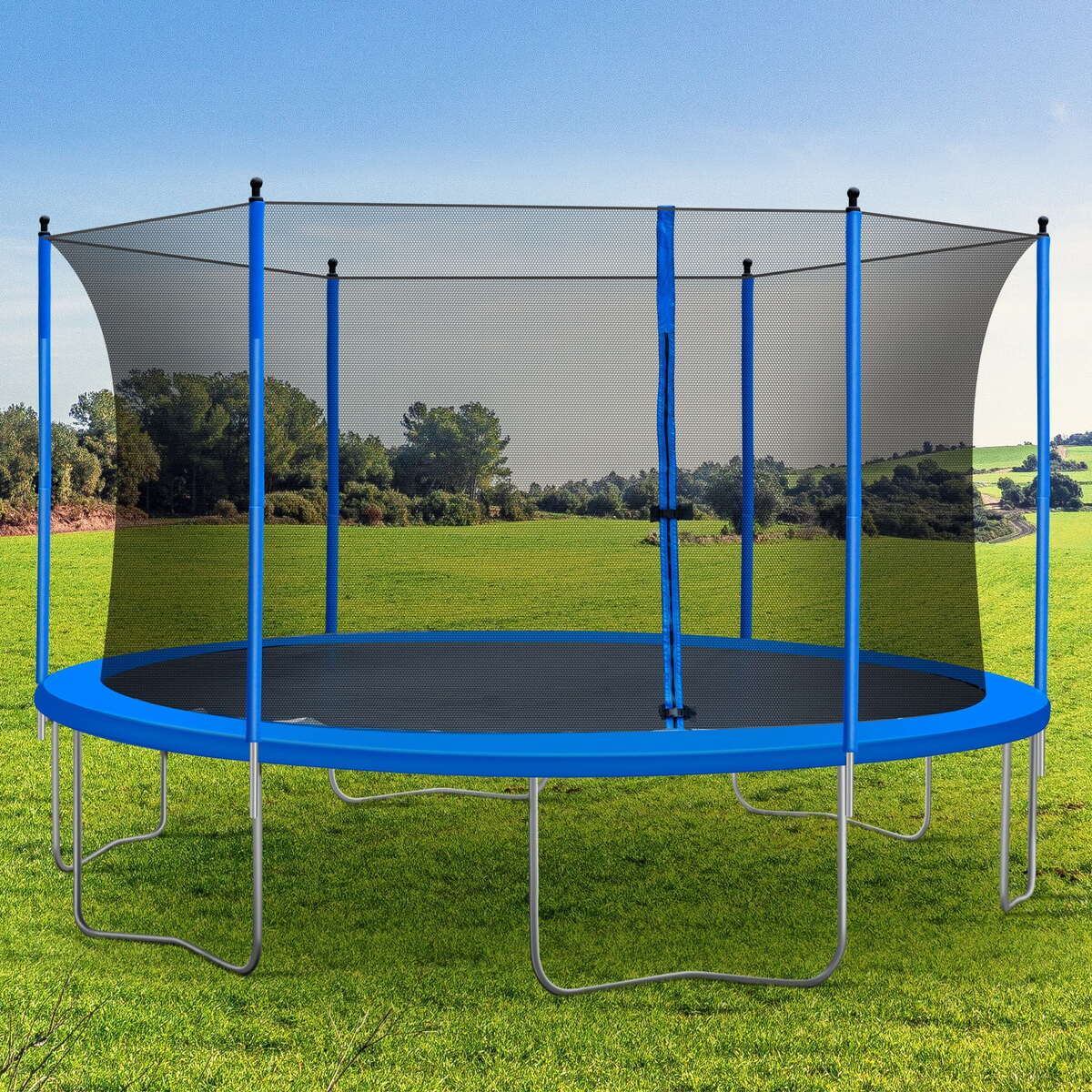
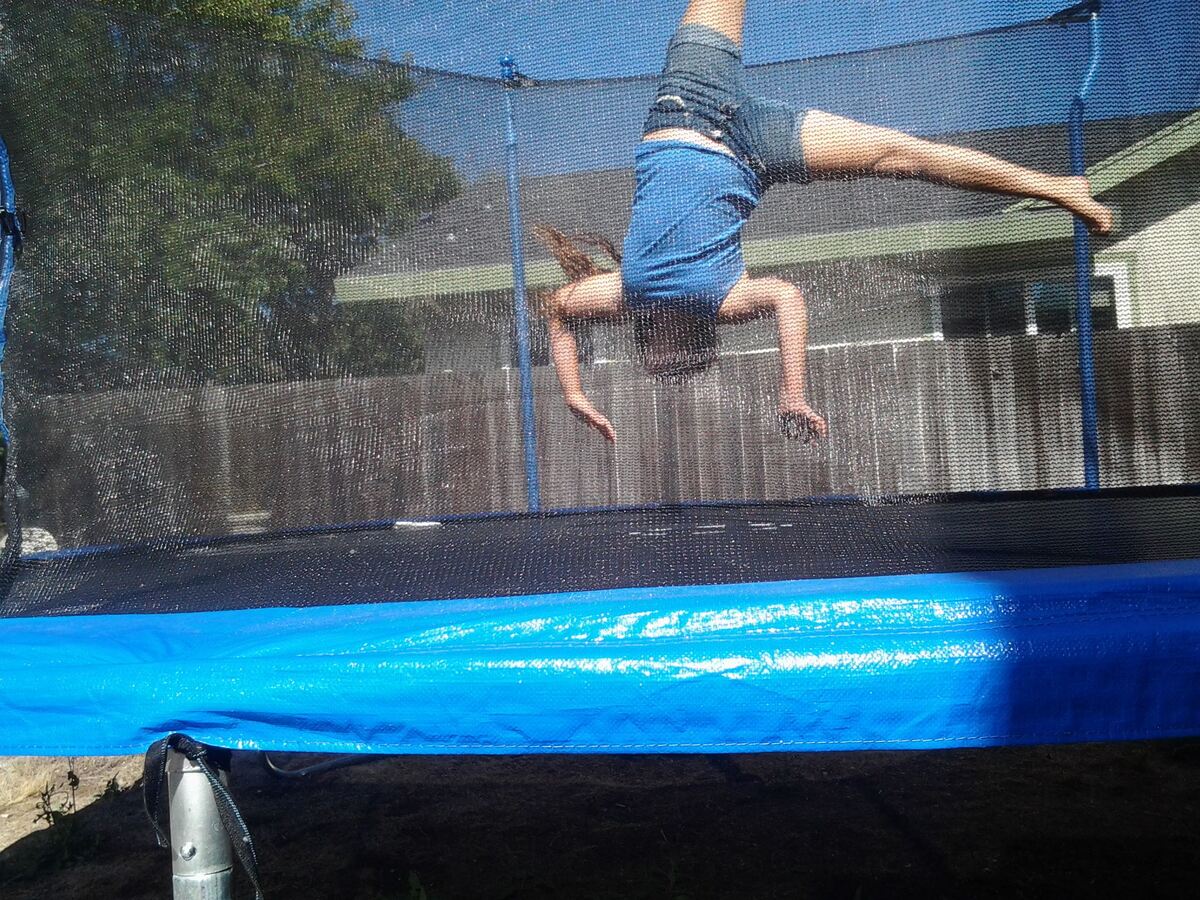
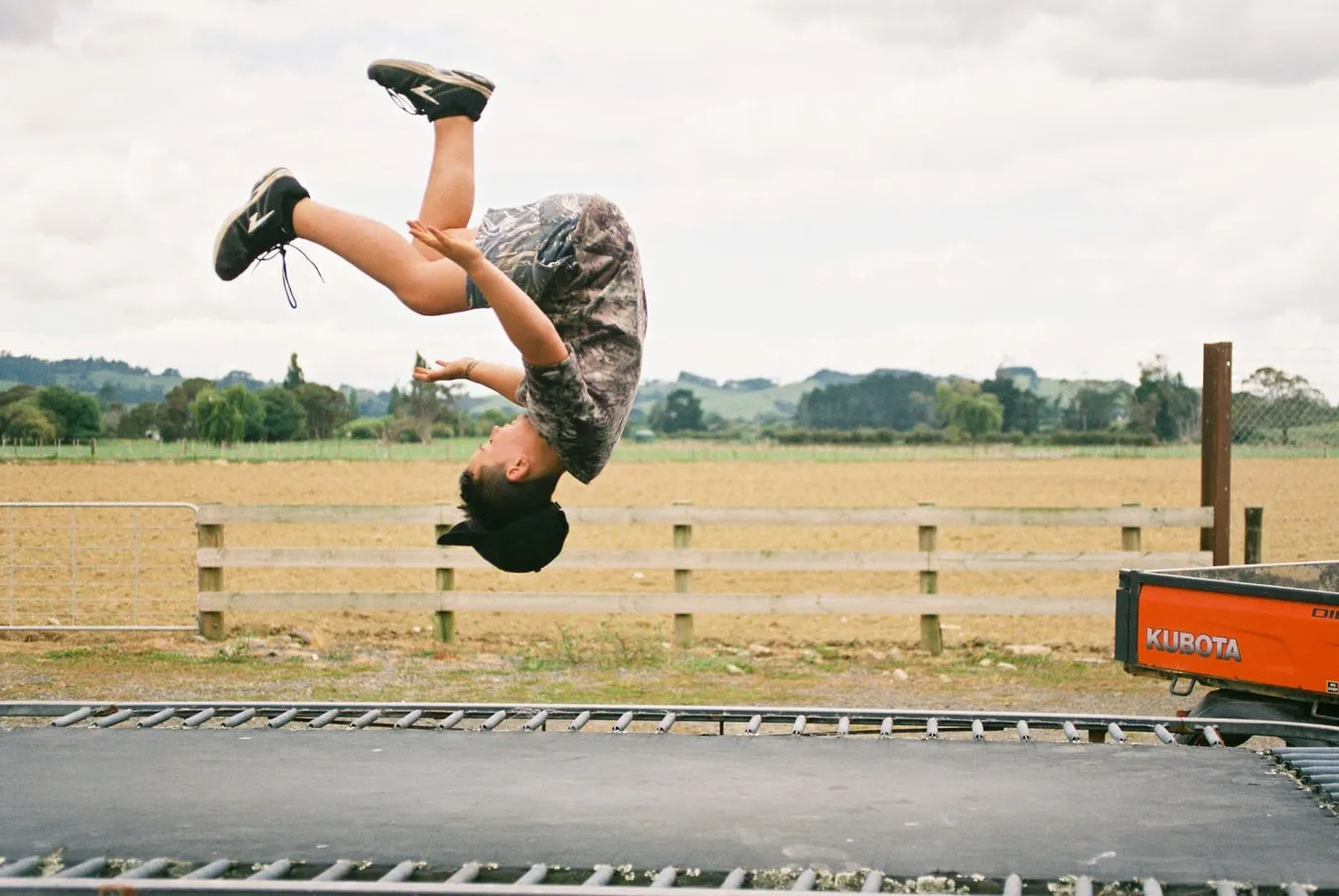




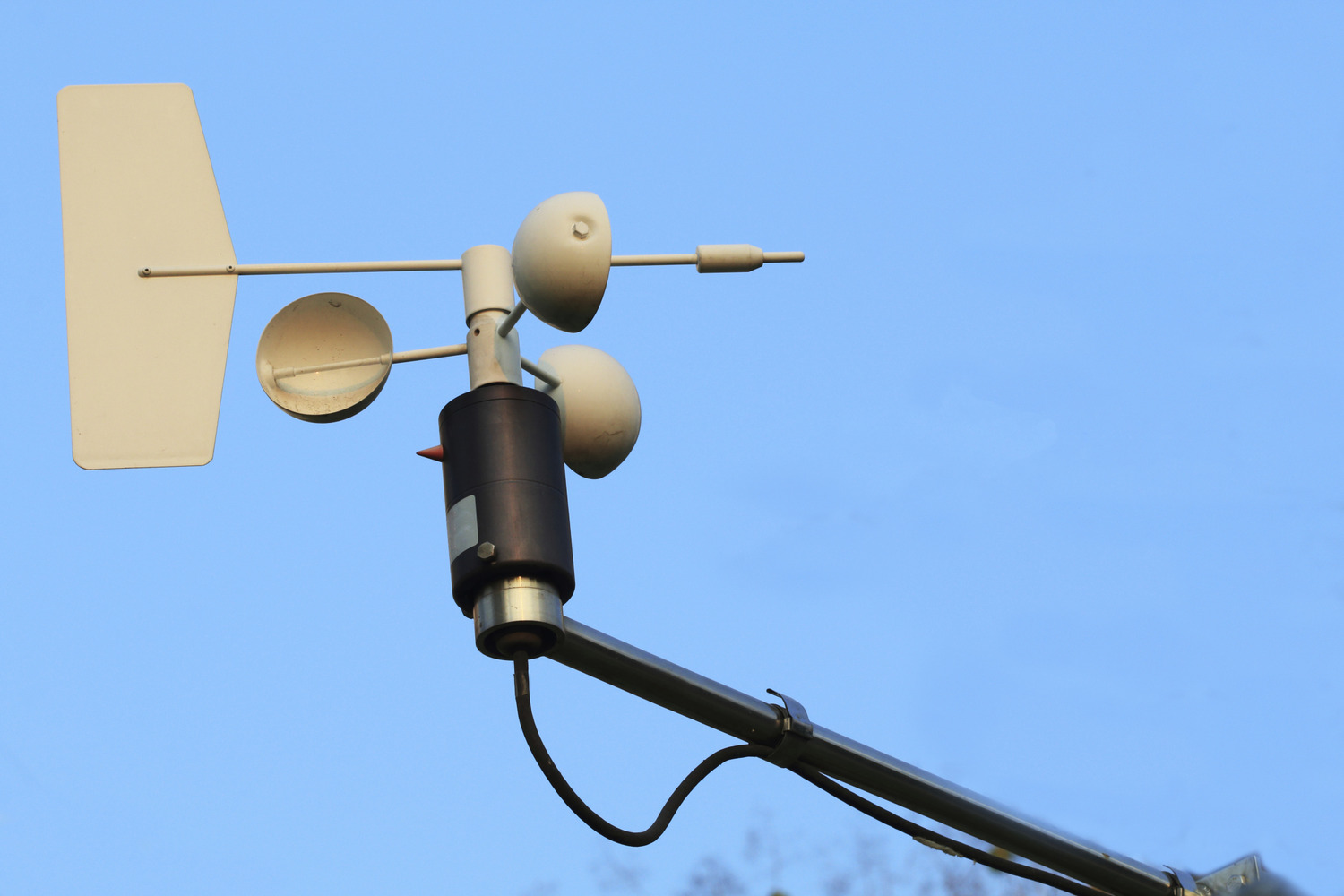
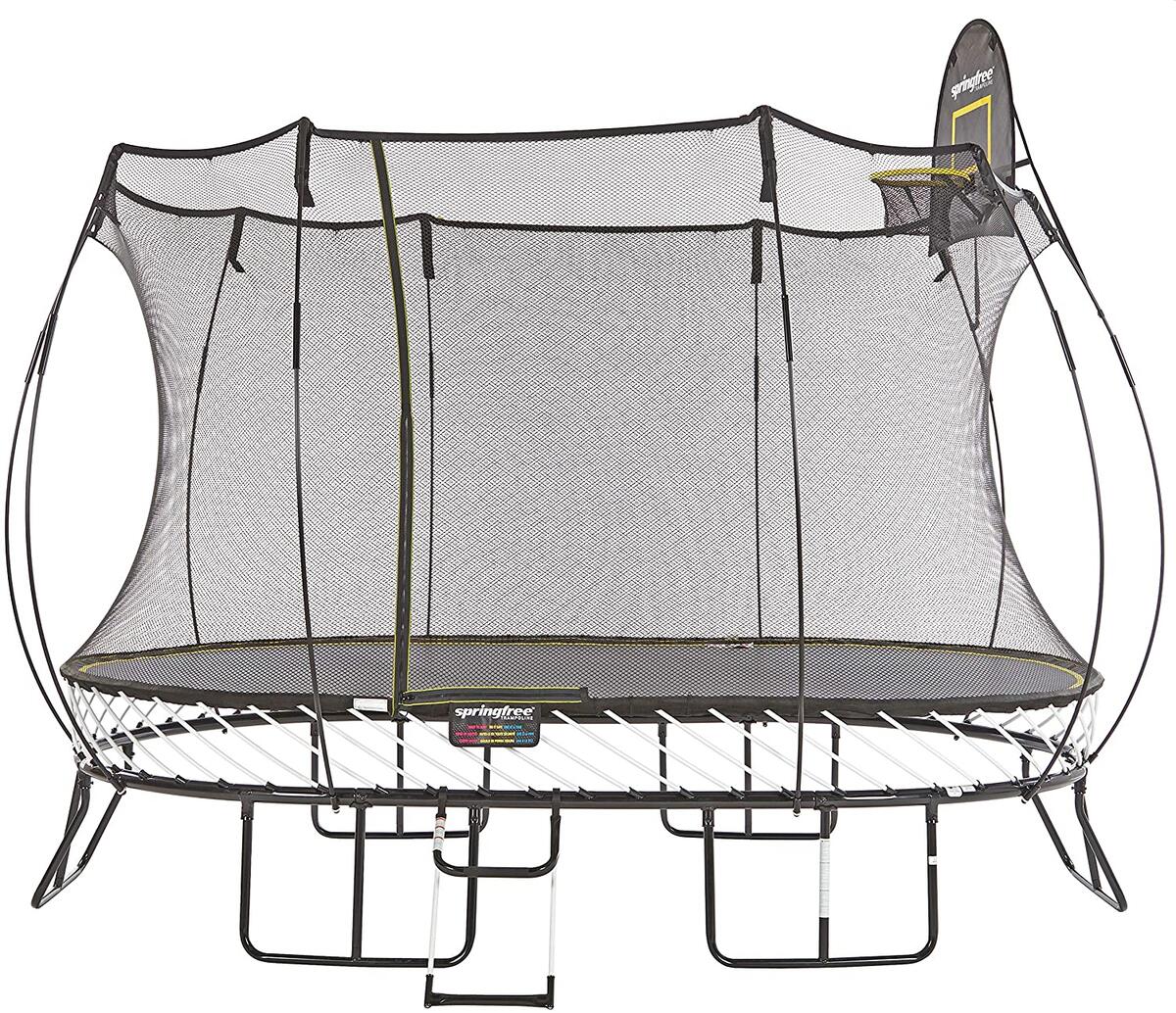
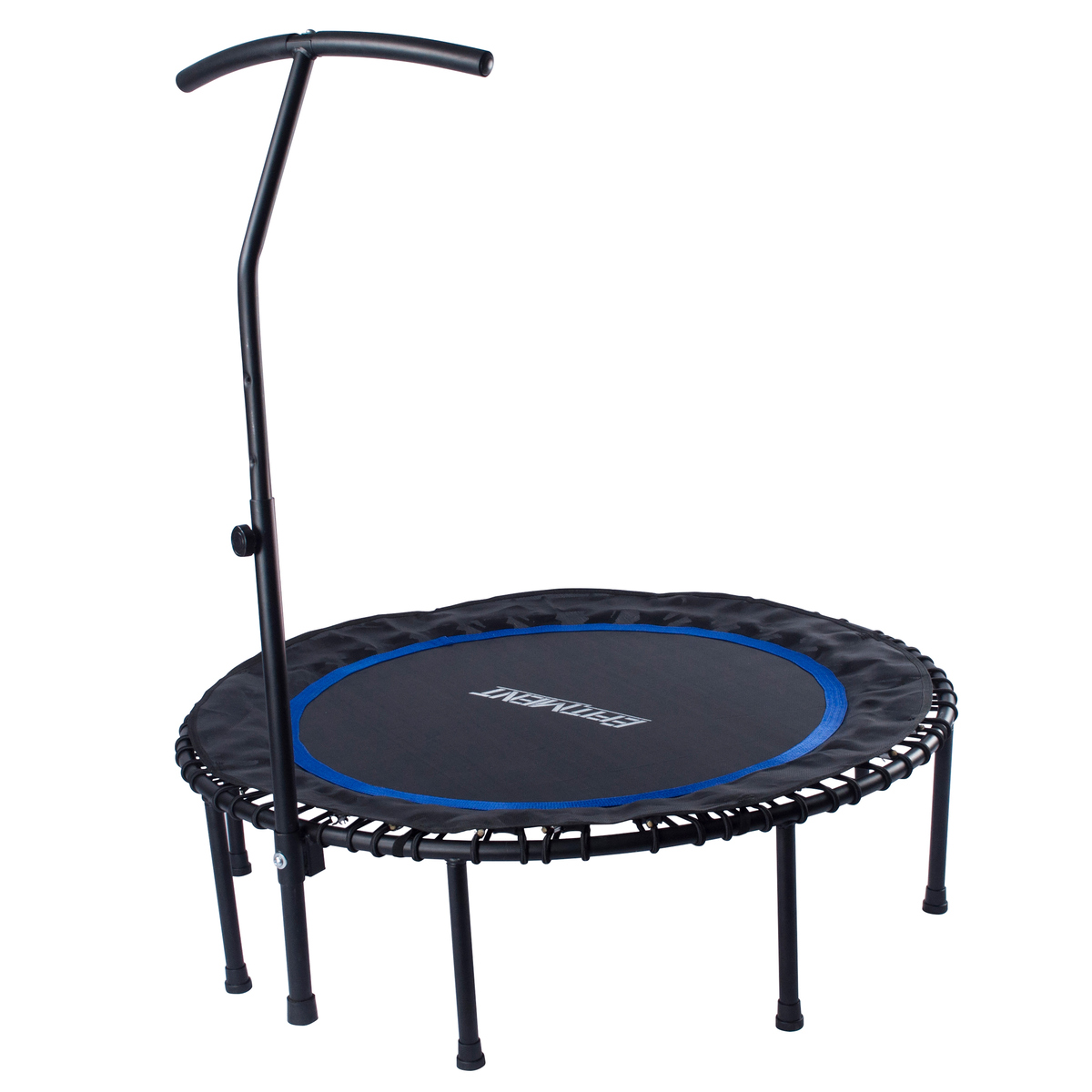
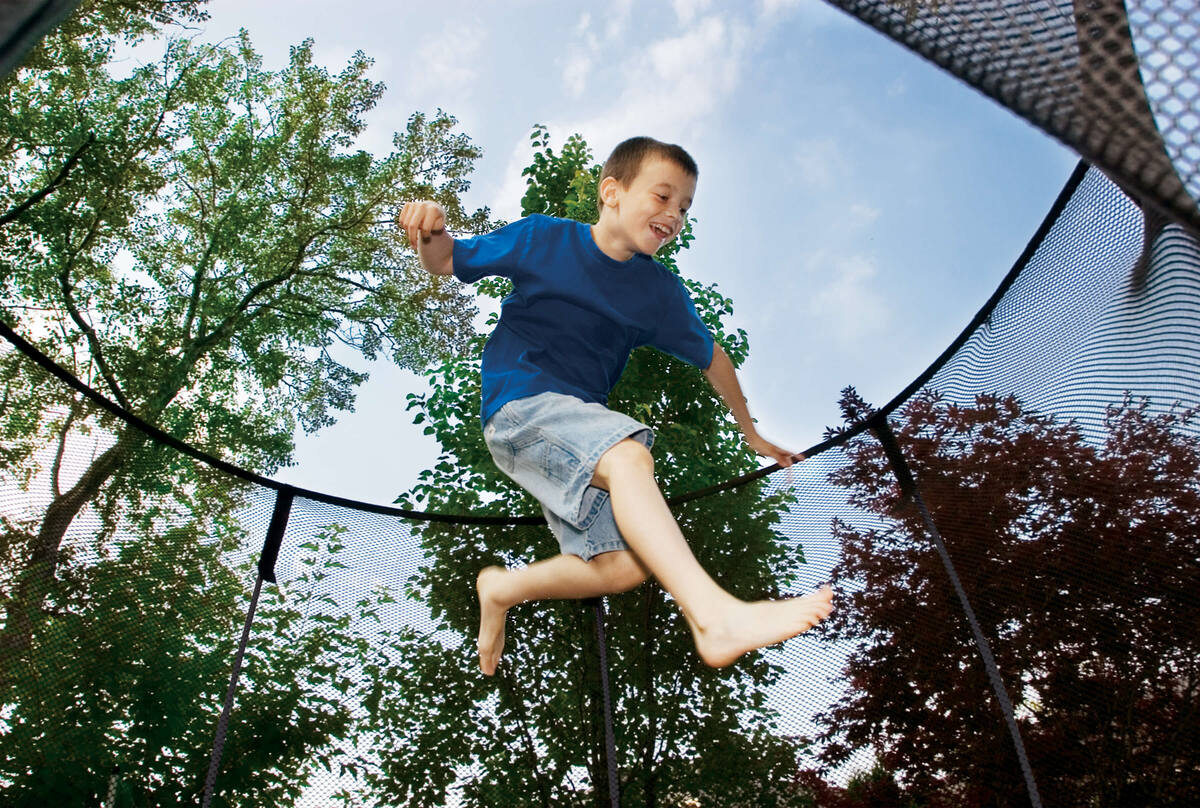


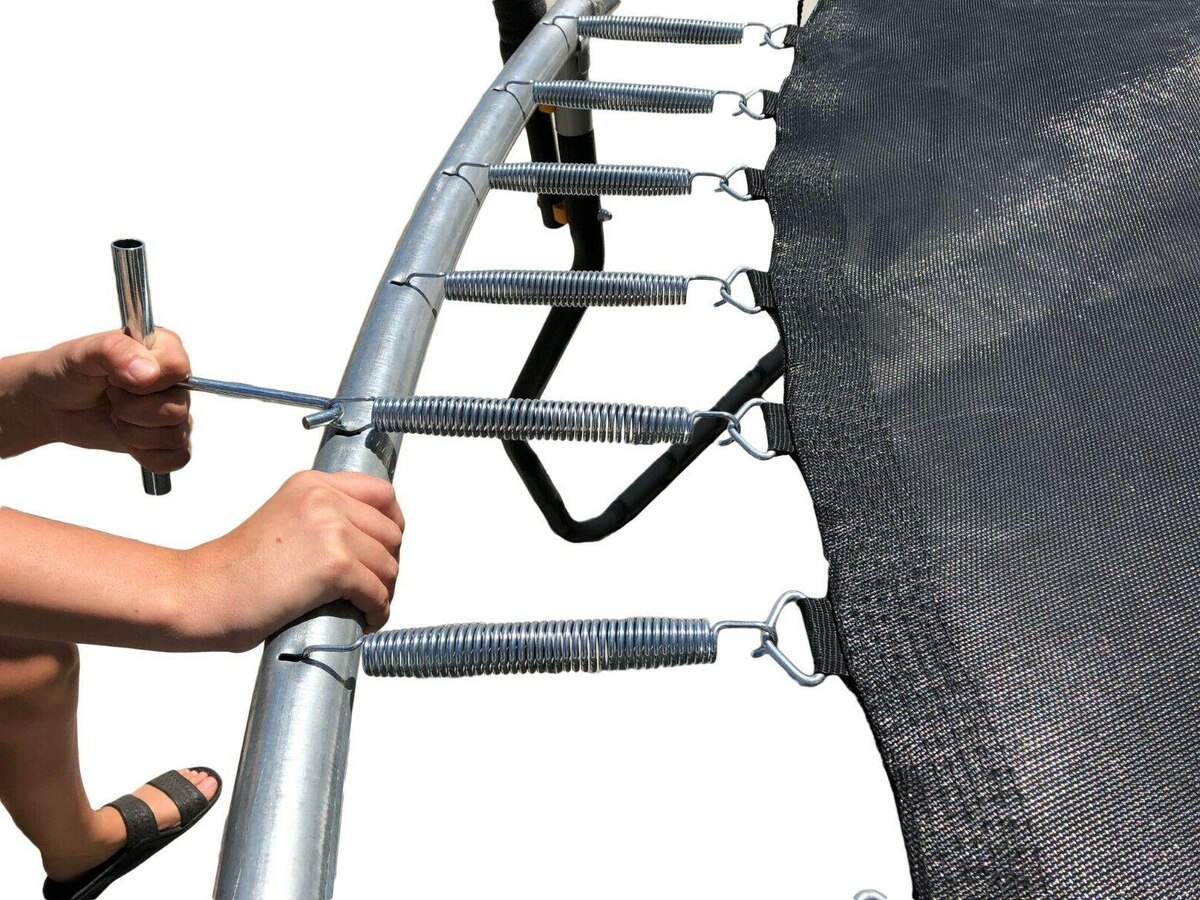

0 thoughts on “What To Do With A Trampoline In A Hurricane”